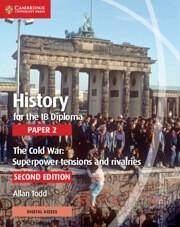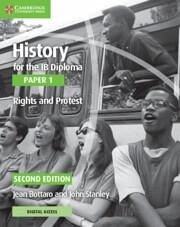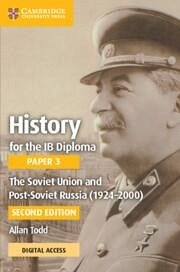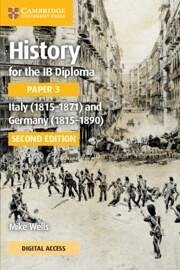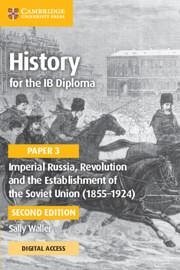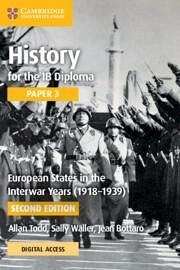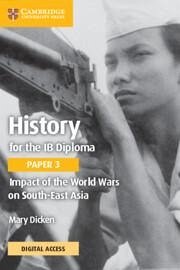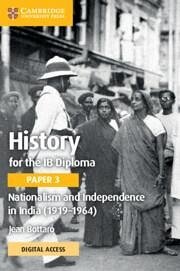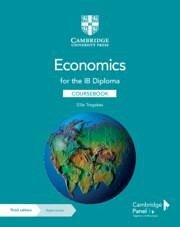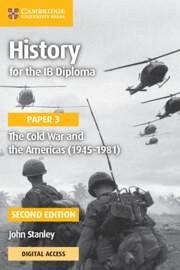
History for the IB Diploma Paper 3 the Cold War and the Americas (1945-1981) with Digital Access (2 Years)
Versandkostenfrei!
Versandfertig in 2-4 Wochen
47,99 €
inkl. MwSt.

PAYBACK Punkte
24 °P sammeln!
Comprehensive books to support study of History for the IB Diploma Paper 3, revised for first assessment in 2017.
Dieser Artikel kann nur an eine deutsche Lieferadresse ausgeliefert werden.



